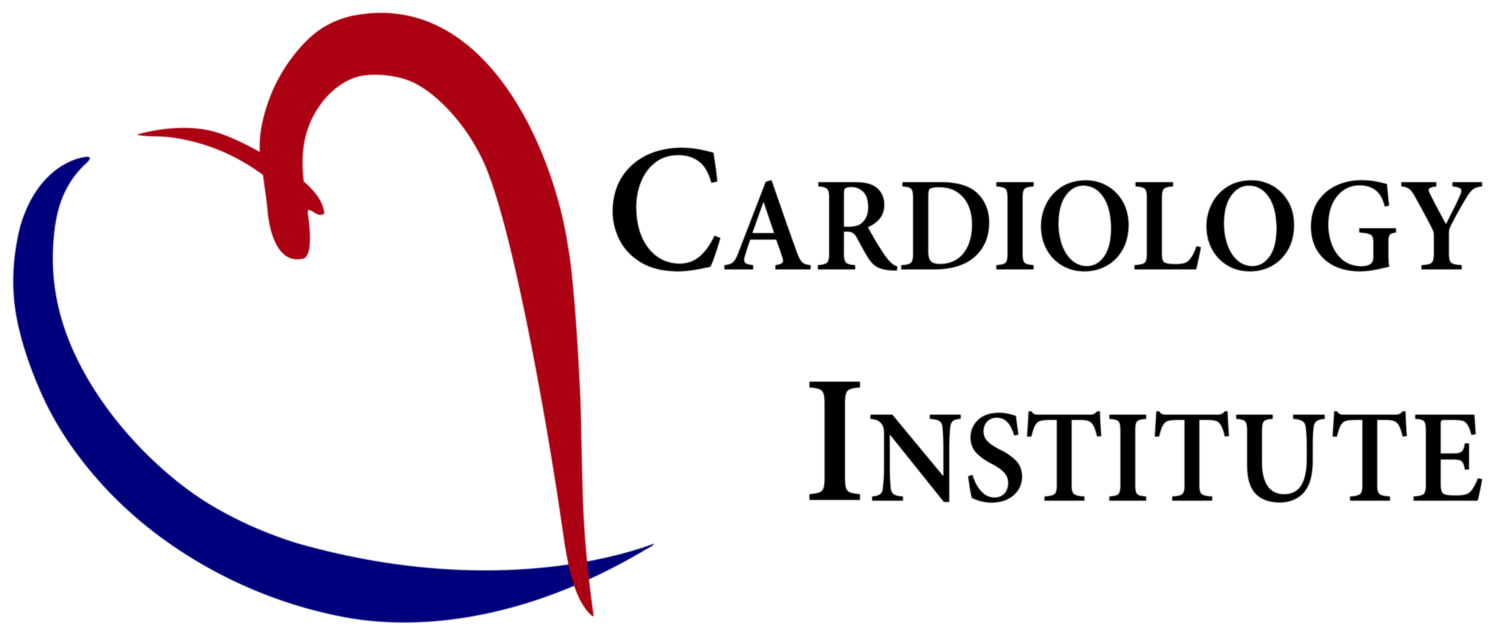Scenario 1:
A 45-year-old man with no prior cardiac history, but with cardiovascular risk factors including a 10-pack-year smoking history stopped last year, 5-year history of Type II diabetes on Metformin, obesity with BMI of 37, without a family history of premature coronary artery disease, now presented with exertional but inconsistent central chest tightness.
He was investigated extensively, including a negative exercise tolerance ECG at 13 minutes without symptom or ECG change. Despite reassurance, his chest pain continued at random, and has not resolved with a course of Omeprazole for presumed non-cardiac (possibly gastrointestinal reflux) chest pain.
What should we do?
- Reassure him that this pain is almost certainly non-cardiac
- Perform a stress echocardiogram as it has a higher sensitivity than an exercise ECG
- Perform an invasive angiography
Scenario 2:
A 50-year-old woman with no prior cardiac history, but with her only cardiovascular risk factor being essential hypertension on thiazides for last 5 years, now presented with atypical chest pain at rest and never on exertion.
She was again investigated extensively, with a positive exercise tolerance ECG at 9 minutes, with 1-2 mm inferolateral ST depression at peak exercise and early recovery.
What should we do?
- Reassure her that this pain is almost certainly non-cardiac. The exercise tolerance test must have been falsely positive.
- Perform a stress echocardiogram as it has a higher specificity than an exercise ECG
- Perform an invasive angiography
Scenarios explained
Both scenarios are classic dilemmas that cardiologists face. One cannot assert that one particular option is always right or wrong. The pre-test probability of obstructive coronary artery disease in both cases is reasonably small, but not absolutely zero.
Performing invasive angiogram will almost certainly lead to a significant probability of normal or near-normal coronary angiograms, arguing that risks associated with the invasive procedure might have been unnecessary. Reassurance will almost certainly be fine most of the time, except the infrequent cases where obstructive coronary artery disease is missed.
CT coronary angiography could therefore be considered for both these scenarios, and in more general terms, cases with intermediate probability of finding of obstructive coronary artery disease.
Because of intrinsic limitations of CTCA, interpretation could be difficult, and should be in the context of the clinical picture, as well as the scan quality. A collaborative team approach between imaging and interventional cardiologists is essential.
Author:
Dr Andrew To

